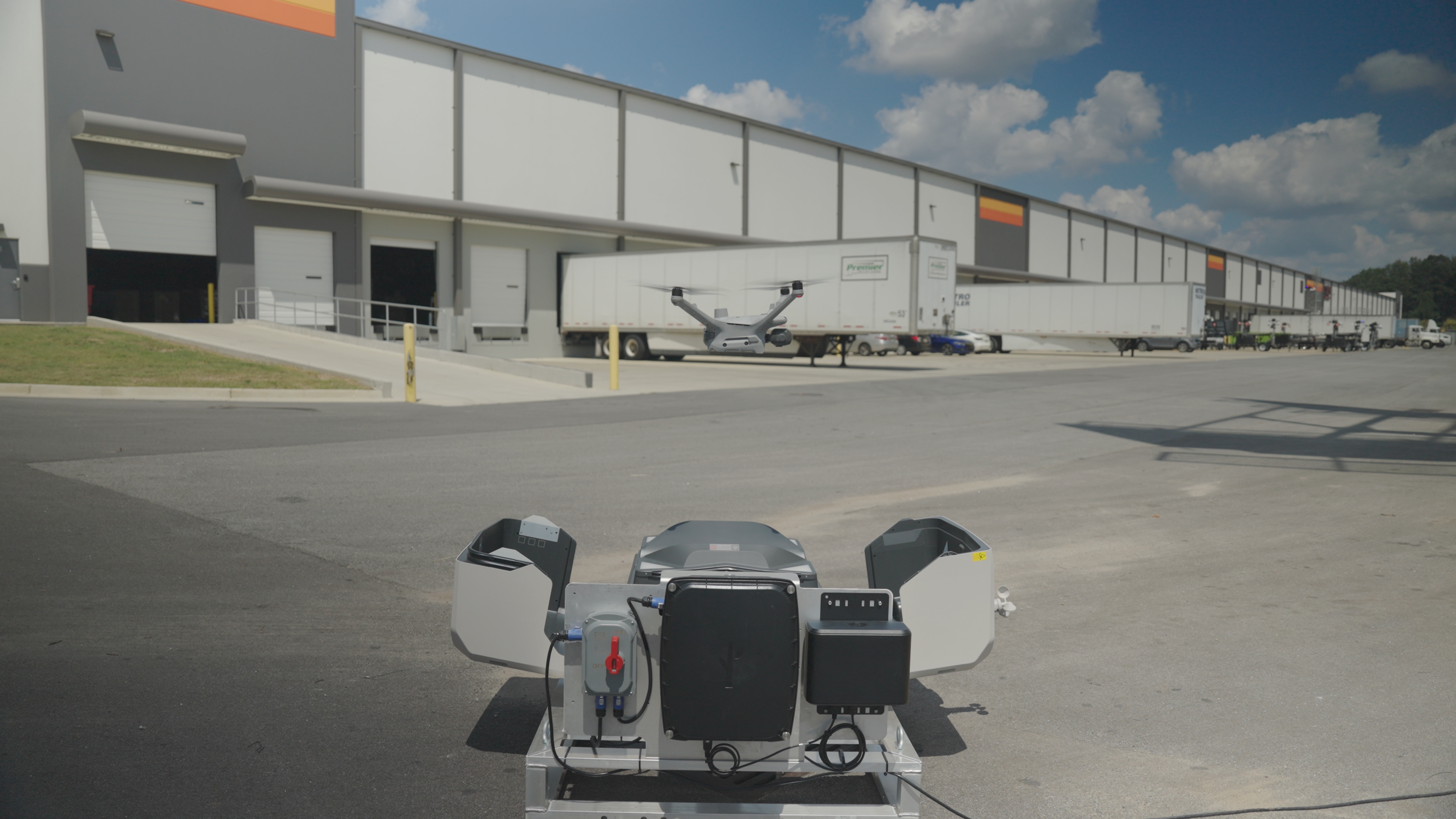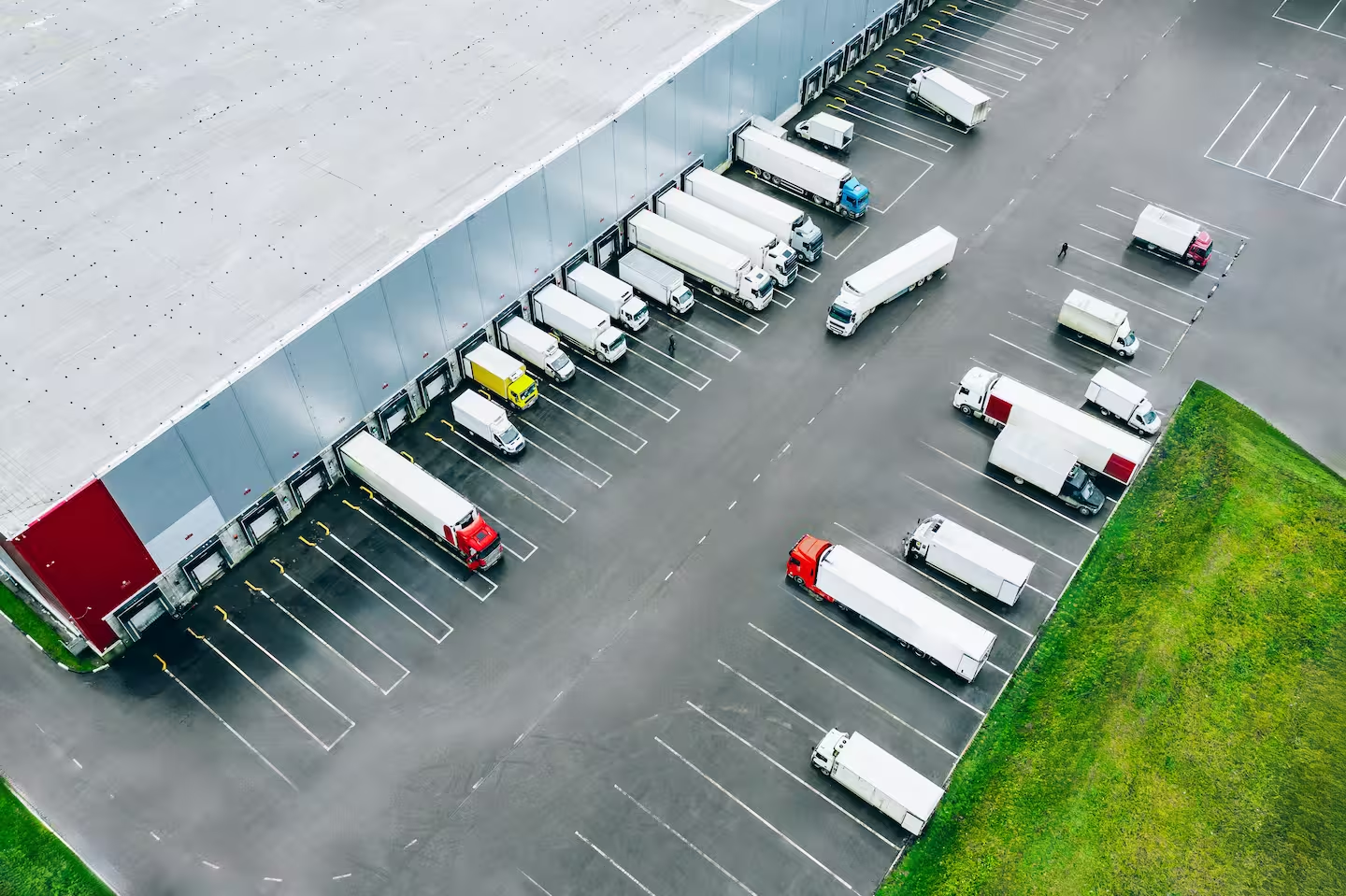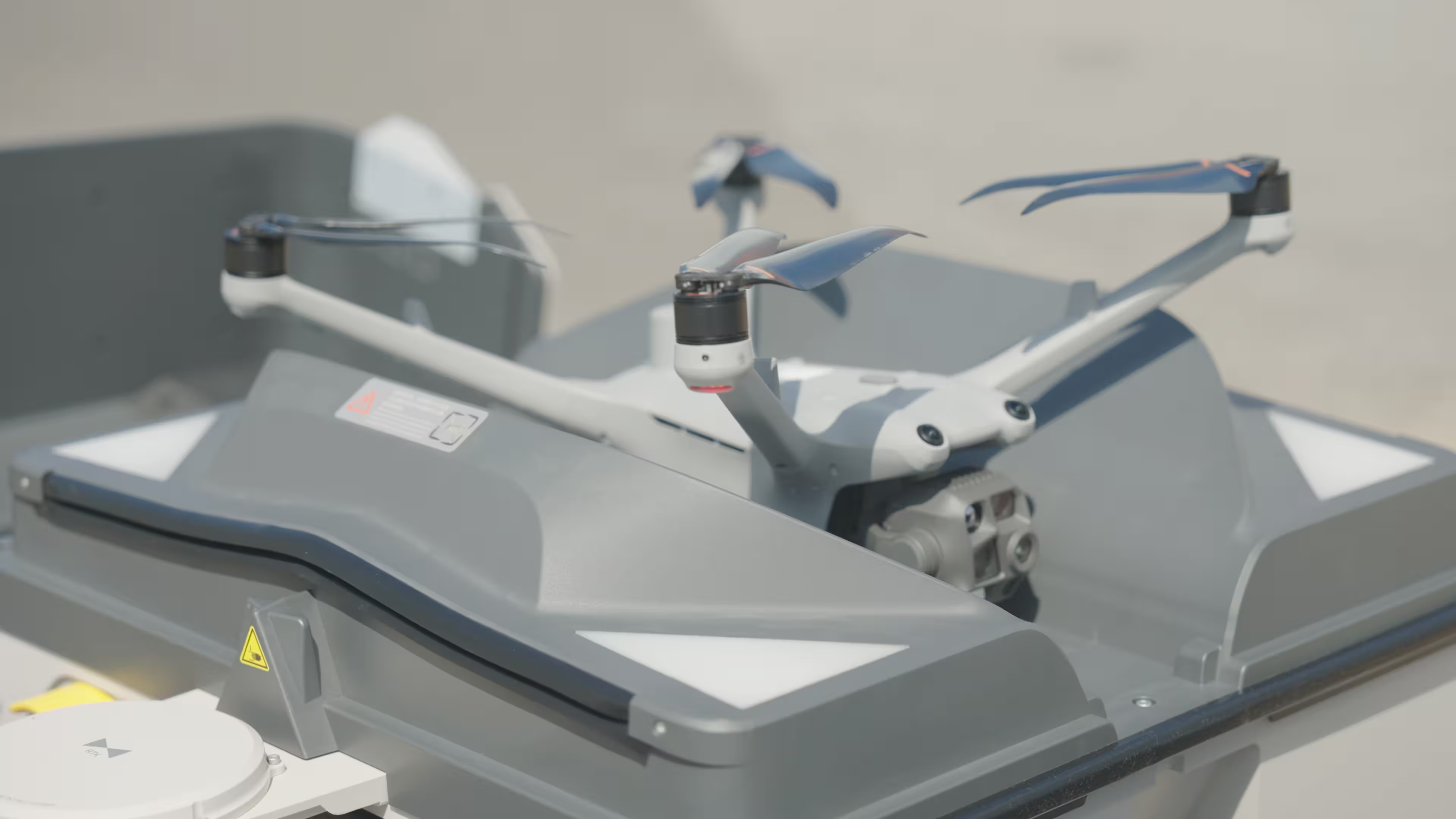Flock’s police-grade drones land in retail: faster recovery vs. regulatory risk
Flock Safety is expanding its camera-equipped drone program from police contracts into private-sector security, pitching retailers a way to follow suspected shoplifters from store to vehicle and stream video to in-house teams or directly to police (as reported by MIT Technology Review). “The drone follows the people… You click a button and you track the vehicle,” said Keith Kauffman, who directs Flock’s drone program. The ACLU calls the move “a logical step, but in the wrong direction.”

Executive summary: what this means for strategy
- Revenue protection: Real-time aerial evidence can speed prosecution and merchandise recovery, potentially trimming shrink and security labor hours in high-loss locations.
- Risk concentration: FAA rules, privacy laws, and “no-chase” policies make retailer-operated pursuits a legal and reputational minefield-missteps could erase ROI.
- Platform play: Pairing drones with license plate recognition and video systems could create a differentiated loss-prevention stack-but invites regulatory scrutiny and community pushback.
Market context: the competitive landscape is shifting
Retailers face persistent shrink and rising in-store incident severity, pushing security modernization from fixed cameras to mobile “eyes.” Police and defense sectors normalized drones; now vendors are repackaging for commercial perimeters, lots, and incident response. Flock-known for license plate recognition networks used by municipalities—brings distribution and police relationships that competitors in “drone-in-a-box” (e.g., perimeter security platforms) lack. Expect counter-moves from video SaaS incumbents and robotics players to bundle aerial options, while civil liberties groups elevate the surveillance debate.

Regulatory friction remains material: under FAA Part 107, most retailers need certified pilots, visual observers, and approvals for beyond-visual-line-of-sight (BVLOS) tracking, operations over people, and night flights. If drone feeds auto-stream to police, evidentiary chain-of-custody and “private party vs. state actor” lines get blurrier—raising admissibility and liability questions. Consumer sentiment on aerial tracking near parking lots and neighborhoods is a brand risk.

Opportunity analysis: where it can work—and where it can backfire
- High-ROI use cases: perimeter sweeps for curbside theft rings, parking lot incident triage, vehicle identification to hand off to law enforcement, and post-incident evidence packaging (timestamps, telemetry, and location trails).
- Operational guardrails: geofenced routes, altitude caps, “no pursuit beyond property line without BVLOS waiver,” and strict escalation criteria to align with no-chase policies.
- Data governance: short retention by default, audit trails, access controls, and bias testing to avoid disproportionate tracking of protected classes; community transparency to reduce backlash.
- Integration edge: tie drones to video management systems, point-of-sale exception alerts, and license plate databases for automated incident dossiers—without real-time overreach that could trigger privacy claims.
- Cost profile: subscription-plus-service models can offset guard staffing but require pilot training, compliance overhead, and insurance riders; budget for policy design and counsel.
Action items: capture value, cap risk
- Run a 90-day pilot in two high-shrink locations with clear success metrics (recovery rate, response time, incident closure, complaints per 1,000 flights).
- Stand up governance: Part 107-certified operators, visual observers, BVLOS waiver strategy, and a “no pursuit” decision tree aligned with company policies.
- Codify data policy: retention limits (e.g., 30-60 days unless evidence), role-based access, digital signatures for chain of custody, and vendor SOC 2/CJIS alignment if sharing with police.
- Legal review and stakeholder mapping: privacy counsel on state laws, labor relations briefing, insurer notification, and a preapproved community communications plan.
- Procurement diligence: require incident reporting dashboards, geofencing, automatic redaction tools, API integrations with VMS/POS, uptime SLAs, and clear liability/indemnity terms.
- Train and test: scenario drills with loss prevention and store managers; red-team for misidentification and bystander safety; document every flight and escalation.
- Engage law enforcement: define non-binding information-sharing protocols that avoid converting private security into state actors; focus on post-incident evidence handoff.
Leave a Reply